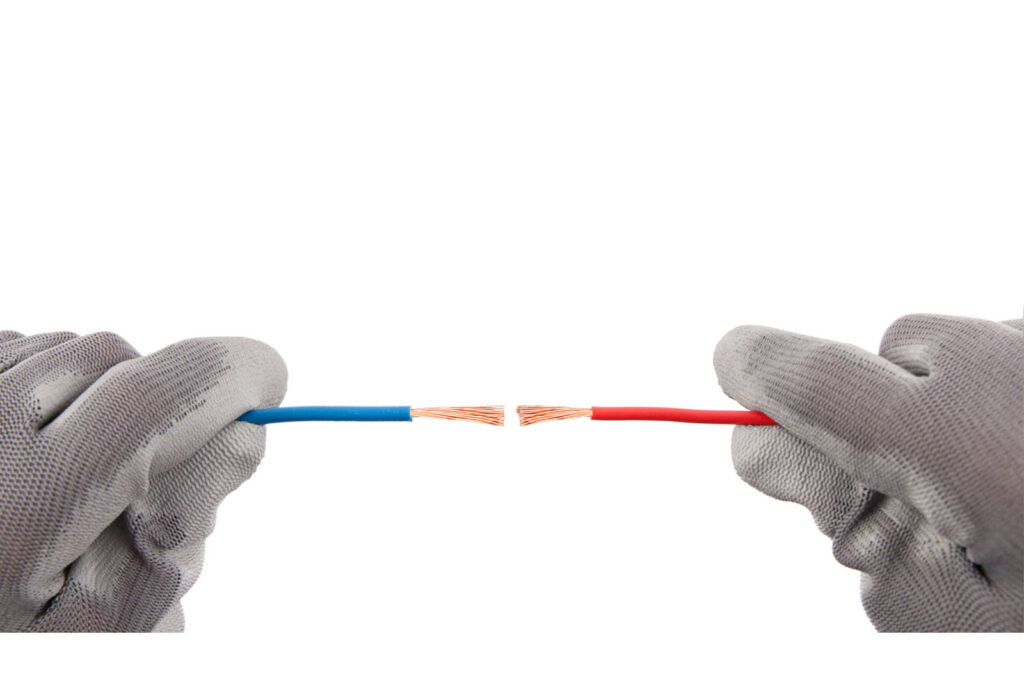Uncategorized
Series, Parallel and Series-Parallel Connections
Series, Parallel and Series-Parallel Connections
When connecting solar panels in a system, the way they are connected plays an important role in the amount of voltage or amps being sent from the panels for charging and energy purposes. The three main ways you can connect solar panels with each other are connecting them in series, parallel, and series-parallel.
Series Connection:
When connecting panels in series, you connect the positive wire from one panel to the negative wire of the next panel, and so on. The voltage values of each panel are added up together, and the amperage values are not added up and stay the same no matter how many solar panels you connect in series.
Parallel Connection:
When connecting panels in parallel, you connect the positive or negative wire from one panel to the positive or negative wire of the next panel, and so on. In parallel connections, you connect the wires with the same sign between panels. You would also likely need branch connectors to finish the parallel connections of the solar panel wires. When connecting panels in parallel, the voltage values are not added up and stay the same no matter how many panels you connect in parallel, and the amperage values of each panel are added up together.
Series-parallel Connection:
When connecting panels in series-parallel, the panels are wired together in series to form strings of panels. After that, the strings of series-connected panels are connected to each other in parallel. This results in adding up the voltage of each panel and leaving the amperage value of the panels the same within the connected string of panels, but then also adding up the amperage values of each panel string after connecting each string in parallel. The number of times the amperage values from the strings would be added would depend on how many panel strings are connected in parallel.
——————
PWM Charge Controller:
For a system that has the PWM charge controller, it is better to connect all panels in parallel. The PWM charge controller will decrease the solar panel operating voltage to a desirable level to charge the battery bank and it will not adjust the operating current of the solar panel. Therefore, when connect multiple panel in series, the voltage values of each panel are added up together, and the amperage values are not added up and stay the same and this will leads to low efficiency because the PWM charge controller will lower the voltage values of the whole solar panel system and the amperage value is still equals to only one panel. And also please make sure that the voltage values of the whole solar panel system is higher than the battery bank voltage.
MPPT Charge Controller:
As for a system that using the MPPT charge controller, there is no preference for solar panels to be connected in series, parallel, or series-parallel only if the voltage value of the solar panel system is higher than the battery bank voltage.
—————-
In-line Fuse Between the Solar Panels and Charge Controller:
Solar Connector In-line Fuse:
We suggest to install this in-line fuse between the positive end of the solar panel and positive terminal connection on charge controller, you DO NOT need to install the in-line fuse between each panel when you connect the panels is series/parallel/series-parallel.
The size of this fuse is dependent on how many solar panels you have and how they are connected (series, parallel, or series/parallel). If the panels are connected in series, the voltage of each panel is added but the amperage stays the same.
For example, if you have two 100W panels connected in series, each producing 20 volts and 5 amps, the total output would be 40 volts and 5 amps. We then take the total amperage and multiply it by a safety factor of 25% (5A x 1.25) giving us the fuse rating of 6.25A or 10A if we round up to the nearest available fuse size.
Series Volts = V1+V2: 20V + 20V = 40V
Series Amps = (A1 = A2) * Safety Factor (1.25) = 5A * 1.25 = 6A Rating or close value
If the panels are connected in parallel, the amperage of each panel is added up, but the voltage stays the same.
For example, if you have two 100W panels connected in parallel, each producing 20 volts and 5 amps, the total output would be 20 volts and 10 amps. We then take the total amperage and multiply it by a safety factor of 25% (10A x 1.25) giving us the fuse rating of 12.5A or 15A if we round up to the nearest available fuse size.
Parallel Volts: V1= V2 = 20V
Parallel Amps: (A1 + A2) * Safety Factor (1.25) = (5A + 5A)* 1.25 = 12.5A or close value

